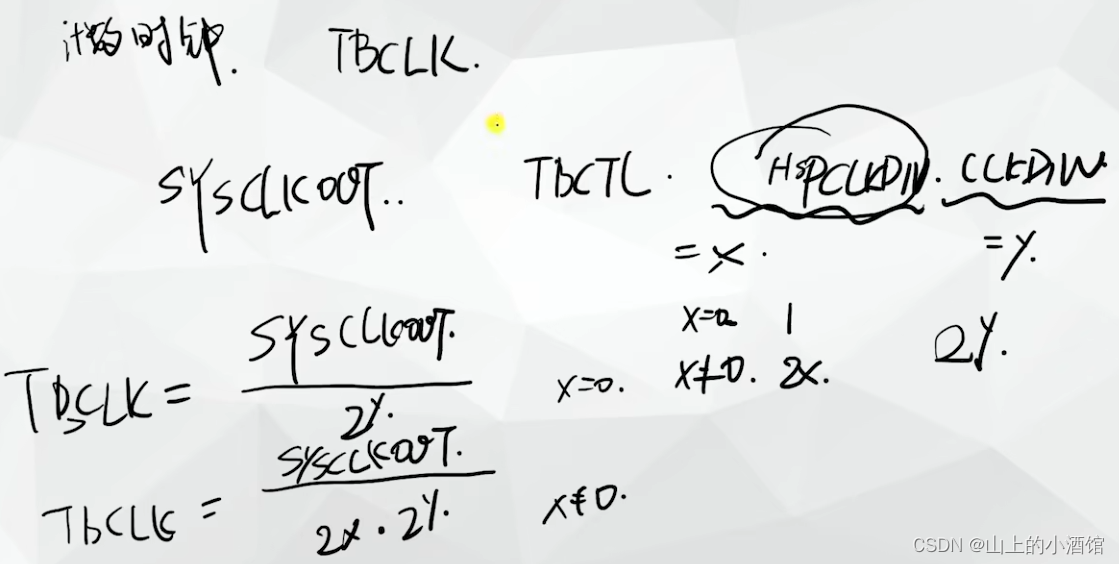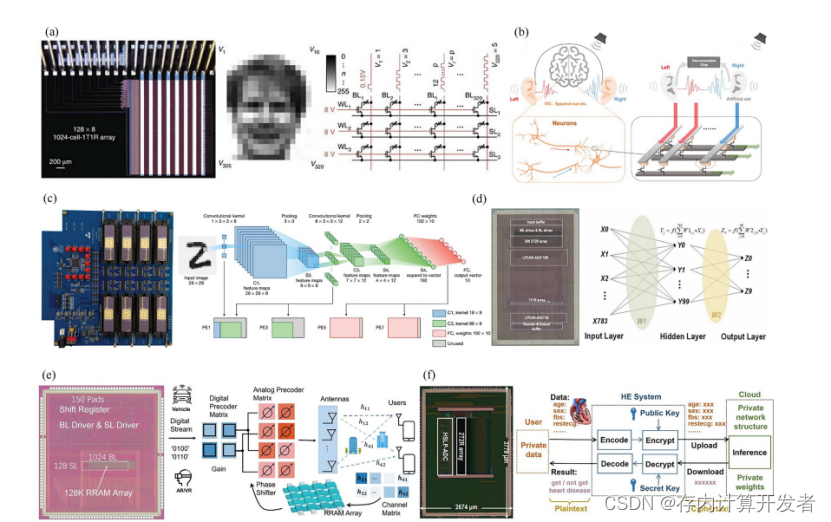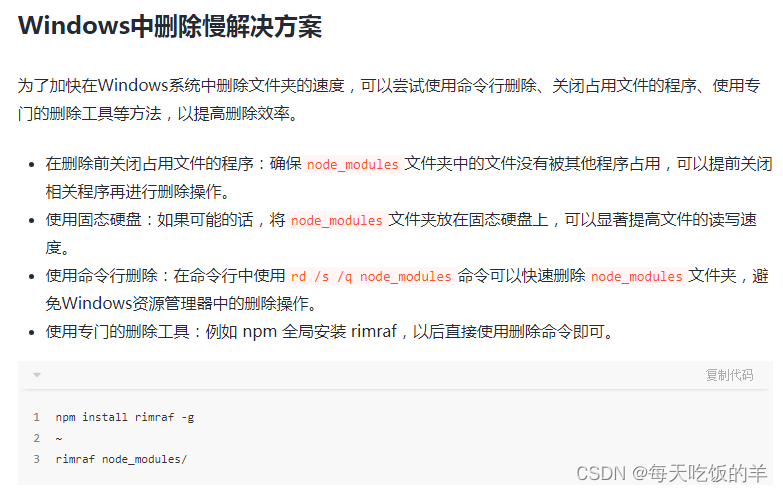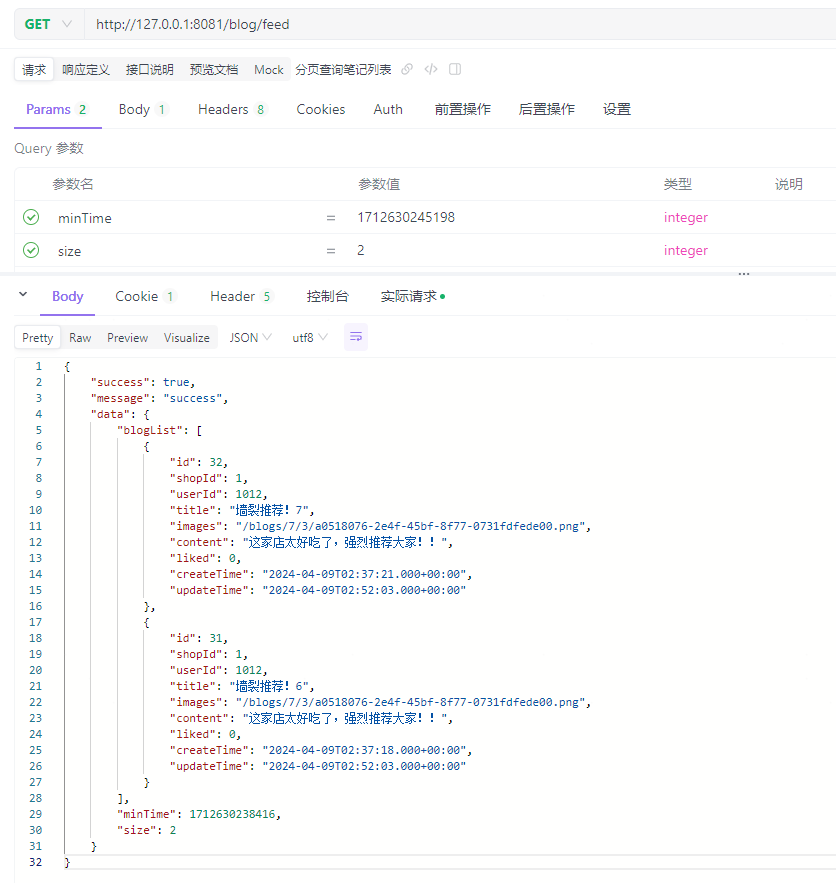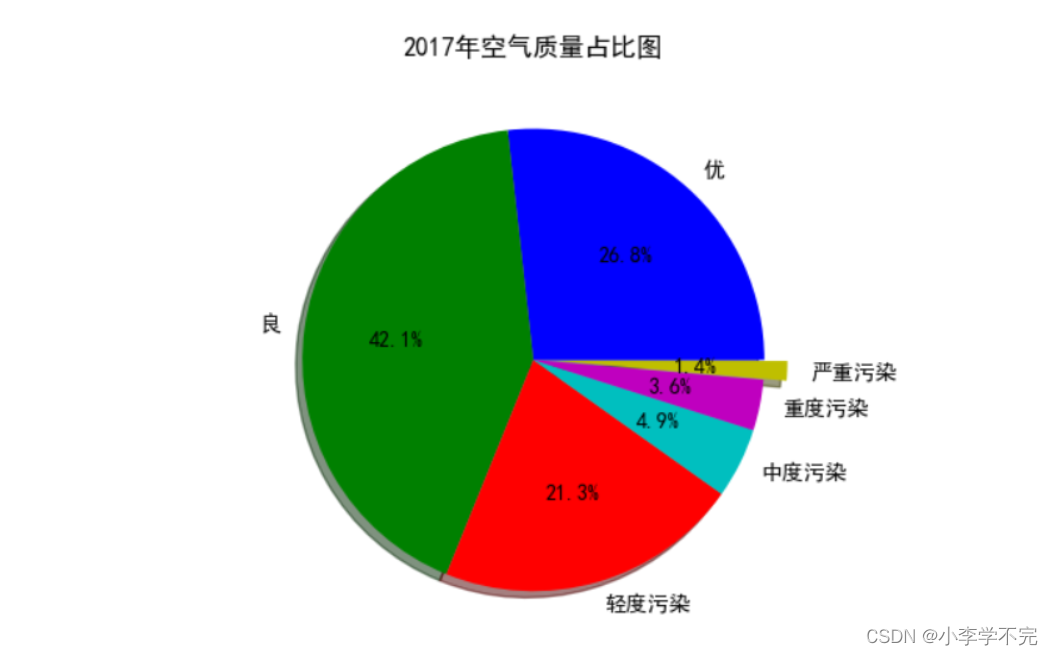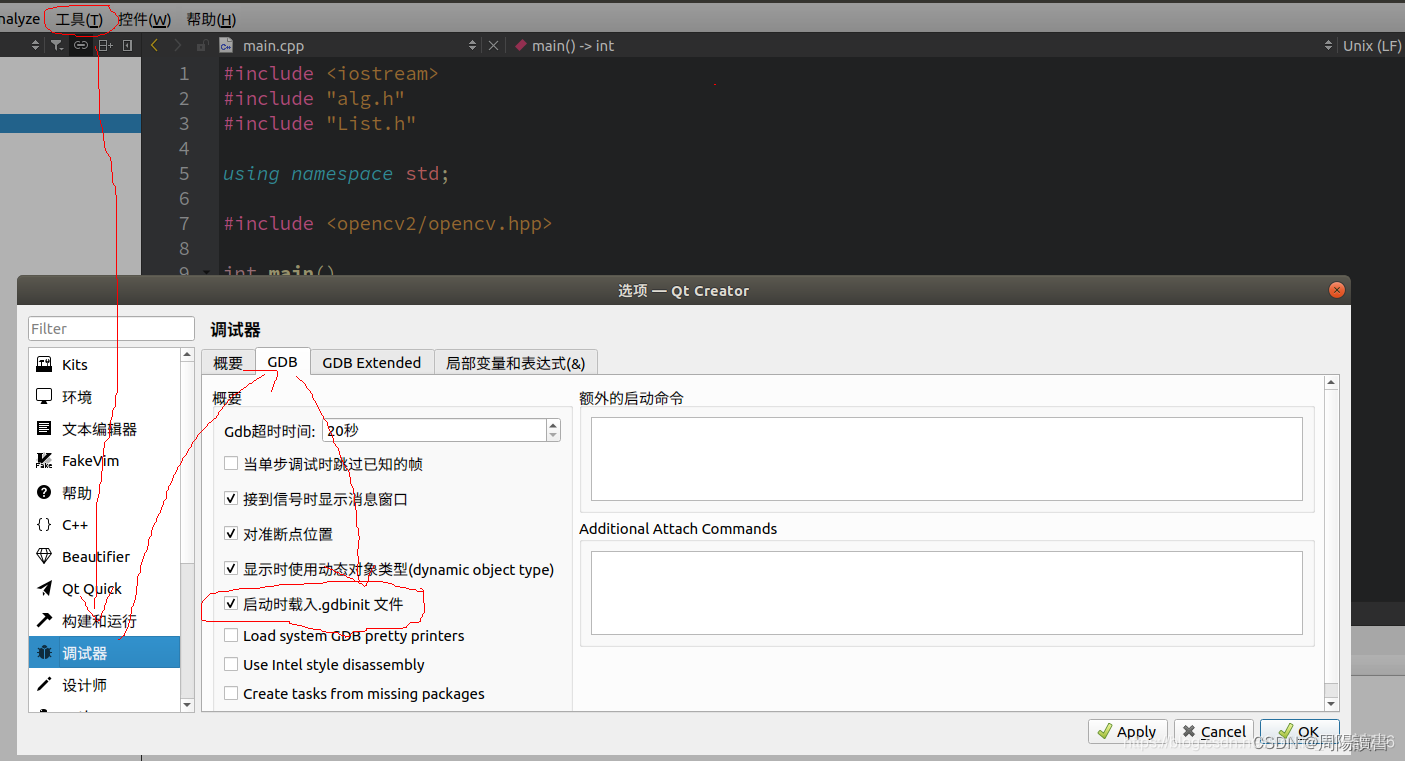目录
为什么存在进程等待?进程等待是在做什么?
怎样去执行进程等待?
status
options
为什么存在进程等待?进程等待是在做什么?
代码示例:模仿僵尸进程
#include <stdio.h> #include <unistd.h> #include <stdlib.h> int main() { pid_t id = fork(); if(id == 0) { //child process int cnt = 5; while(cnt--) { printf("I am child process! cnt: %d ,pid: %d, ppid: %d\n", cnt, getpid(), getppid()); sleep(1); } } else { //father process while(1) { printf("I am father process! pid: %d, ppid: %d\n", getpid(), getppid()); sleep(1); } } return 0; }
运行输出:
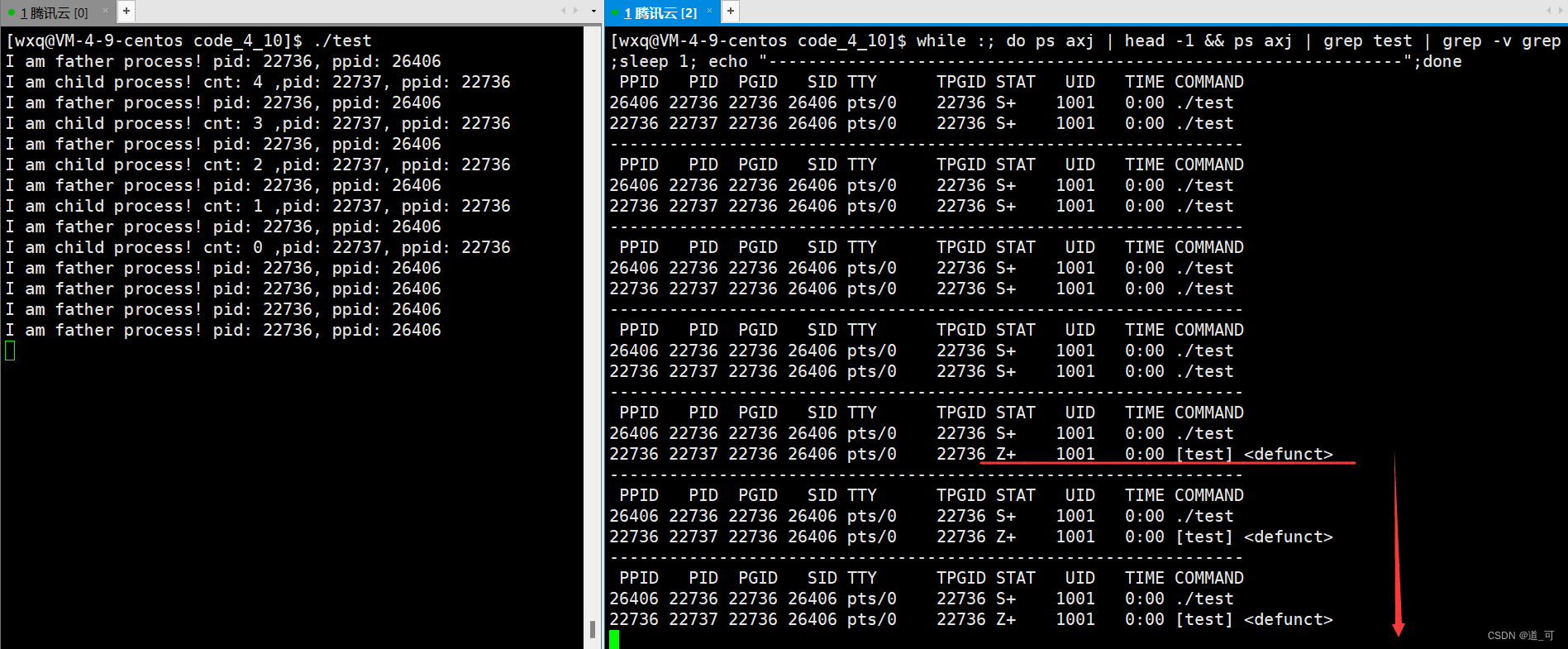
- 因为如果子进程退出,父进程不接收子进程的退出状态,就可能造成‘僵尸进程’的问题,进而造成内存泄漏。
- 进程一旦变成僵尸状态,发送信号 kill -9 也是不可以的,因为谁也没有办法杀死一个已经死去的进程。
- 其次父进程派创建子进程,是需要子进程执行相关的程序,我们需要知道。子进程执行程序,结果对还是不对,或者是否正常退出。
- 总结就是:父进程通过进程等待的方式,回收子进程资源,获取子进程退出信息
怎样去执行进程等待?
这里需要用到两个接口:
wait()
#include<sys/types.h>#include<sys/wait.h>pid_t wait(int*status);返回值:成功返回被等待进程 pid ,失败返回 -1 。参数:输出型参数,获取子进程退出状态 , 不关心则可以设置成为 NULL
waitpid()
pid_ t waitpid(pid_t pid, int *status, int options);返回值:当正常返回的时候, waitpid 返回收集到的子进程的进程 ID ;如果设置了选项 WNOHANG, 而调用中 waitpid 发现没有已退出的子进程可收集 , 则返回 0 ;如果调用中出错 , 则返回 -1, 这时 errno 会被设置成相应的值以指示错误所在;参数:pid :Pid=-1, 等待任一个子进程。与 wait 等效。Pid>0. 等待其进程 ID 与 pid 相等的子进程。status:WIFEXITED(status): 若为正常终止子进程返回的状态,则为真。(查看进程是否是正常退出)WEXITSTATUS(status): 若 WIFEXITED 非零,提取子进程退出码。(查看进程的退出码)options:WNOHANG: 若 pid 指定的子进程没有结束,则 waitpid() 函数返回 0 ,不予以等待。若正常结束,则返回该子进程的ID 。
注意:这里有些细节需要明示一下:
waitpid的返回值:
- 返回值 > 0 表示等待子进程成功,子进程运行已结束
- 返回值 == 0 表示等待子进程成功,子进程正在运行
- 返回值 < 0 表示等待子进程失败
waitpid的参数 pid:
- pid > 0 表示等待进程ID与pid相等的子进程
- pid < 0 表示等待任意的子进程
示例:
#include <stdio.h> #include <unistd.h> #include <stdlib.h> #include <sys/wait.h> #include <sys/types.h> int main() { pid_t id = fork(); if(id == 0) { //child process int cnt = 5; while(cnt--) { printf("I am child process! cnt: %d ,pid: %d, ppid: %d\n", cnt, getpid(), getppid()); sleep(1); } } else { //father process while(1) { printf("I am father process! pid: %d, ppid: %d\n", getpid(), getppid()); sleep(1); pid_t ret = wait(NULL); //阻塞等待 if(ret > 0) printf("wait child process success! ret :%d\n", ret); } } return 0; }
输出:

观察发现,这里的确没有存在僵尸进程的问题了。
waitpid()
示例:
//pid_t ret = wait(NULL);
pid_t ret = waitpid(id, NULL, 0);//阻塞等待 输出:
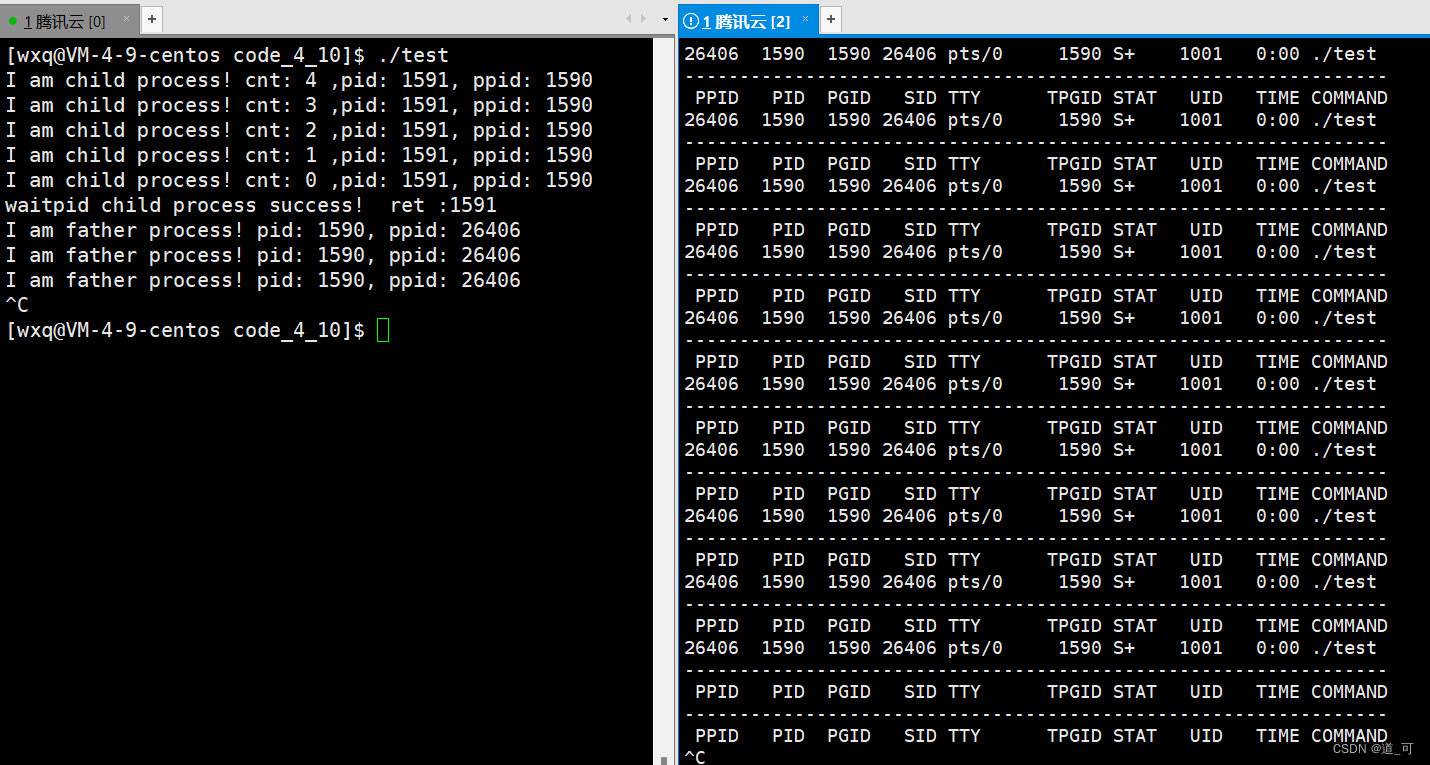
- 如果子进程已经退出,调用wait/waitpid时,wait/waitpid会立即返回,并且释放资源,获得子进程退出信息。
- 如果在任意时刻调用wait/waitpid,子进程存在且正常运行,则进程可能阻塞。
- 如果不存在该子进程,则立即出错返回。
status
- 输出型参数,获取子进程退出状态
代码示例:子进程退出码设置为99,查看status是否能获得到
#include <stdio.h> #include <unistd.h> #include <stdlib.h> #include <sys/wait.h> #include <sys/types.h> int main() { pid_t id = fork(); if(id == 0) { //child process int cnt = 5; while(cnt--) { printf("I am child process! cnt: %d ,pid: %d, ppid: %d\n", cnt, getpid(), getppid()); sleep(1); } exit(99); } else { //father process //pid_t ret = wait(NULL); int status = 0; pid_t ret = waitpid(id, &status, 0);//阻塞等待 if(ret > 0) printf("waitpid child process success! ret :%d, status:%d\n", ret, status); // while(1) // { // printf("I am father process! pid: %d, ppid: %d\n", getpid(), getppid()); // sleep(7); // } } return 0; }
输出:
[wxq@VM-4-9-centos code_4_10]$ ./test I am child process! cnt: 4 ,pid: 4736, ppid: 4735 I am child process! cnt: 3 ,pid: 4736, ppid: 4735 I am child process! cnt: 2 ,pid: 4736, ppid: 4735 I am child process! cnt: 1 ,pid: 4736, ppid: 4735 I am child process! cnt: 0 ,pid: 4736, ppid: 4735 waitpid child process success! ret :4736, status:3840 [wxq@VM-4-9-centos code_4_10]$
为什么这里status的值是3840呢??而不是我们设置的99呢???
- 因为status并不是按照整数来整体使用的! ! !
- 而是按照比特位的方式,将32个比特位进行划分,退出码只占了次低8位
具体如下:
所以进程异常退出,或者崩溃,本质上是操作系统杀掉了进程(程序运行起来就是进程,此时与语言没有任何关系,只和操作系统有关)
那么?系统是如何得知这个进程有问题,又是如何杀掉这个进程的呢?---信号 (在这里就不过多赘述)
既然我们已经明白了退出码是在次低8位,那通过位操作符就可以得到
"&":有0就为0,同为0就为0,同为1就为1
0xFF : 0000 0000 0000 .... .... 1111 1111
0x7F: 0000 0000 0000 .... .... 0111 1111
if(ret > 0) printf("waitpid child process success! ret :%d, status:%d\n", ret, (status >> 8) & 0XFF);
输出:
[wxq@VM-4-9-centos code_4_10]$ vim process_wait.c [wxq@VM-4-9-centos code_4_10]$ make gcc -o test process_wait.c [wxq@VM-4-9-centos code_4_10]$ ./test I am child process! cnt: 4 ,pid: 9576, ppid: 9575 I am child process! cnt: 3 ,pid: 9576, ppid: 9575 I am child process! cnt: 2 ,pid: 9576, ppid: 9575 I am child process! cnt: 1 ,pid: 9576, ppid: 9575 I am child process! cnt: 0 ,pid: 9576, ppid: 9575 waitpid child process success! ret :9576, status:99
的确通过这个途径,我们可以得到退出码。当然,我们也可以通过status,得到子进程退出的信号标号:
printf("等待子进程退出成功:ret: %d\n,子进程的信号编号:%d\n 子进程的退出码:%d\n",
ret, status & 0x7F, (status >> 8) & 0xFF);输出:信号编号为0,退出成功
[wxq@VM-4-9-centos code_4_10]$ ./test
I am child process! cnt: 4 ,pid: 14639, ppid: 14638
I am child process! cnt: 3 ,pid: 14639, ppid: 14638
I am child process! cnt: 2 ,pid: 14639, ppid: 14638
I am child process! cnt: 1 ,pid: 14639, ppid: 14638
I am child process! cnt: 0 ,pid: 14639, ppid: 14638
等待子进程退出成功:ret: 14639
,子进程的信号编号:0
子进程的退出码:99
[wxq@VM-4-9-centos code_4_10]$
接下来可以对信号编号进行测试,看看是否准确:
测试1:
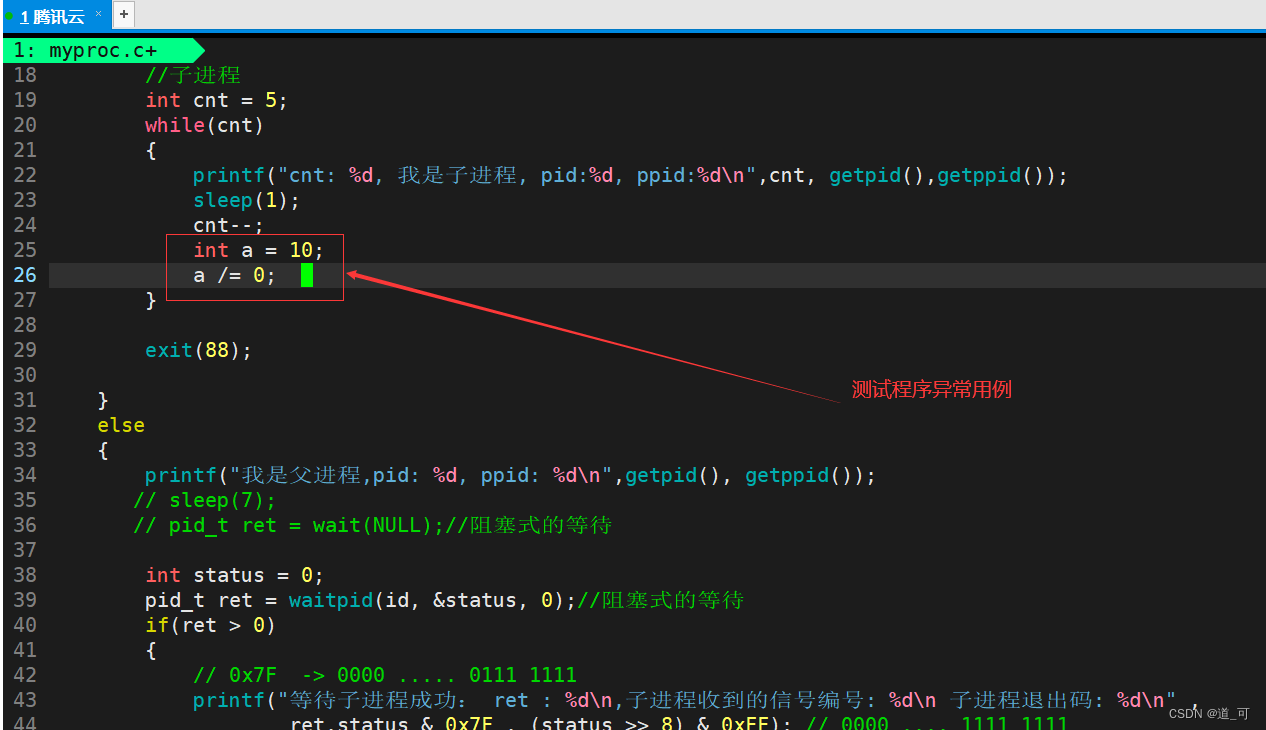
输出: 信号8:SIGFPE :浮点数错误(溢出) 程序错误,此时退出码无意义

测试2:

输出:

不正常退出,退出码无意义。
所以,程序异常,不光光是内部代码有问题,也可能是外力直接杀掉(子进程代码跑完了吗?﹖不确定)
所以经过上述测试,其实通过status拿到子进程的退出码和退出信号是没有问题的。
但是,有没有发现一个问题,难道我每一次获取子进程的退出码和信号,还需要位运算吗?这不是太麻烦了,所以status提供了 - 宏!
WIFEXITED(status): 若为正常终止子进程返回的状态,则为真。(查看进程是否是正常退出)WEXITSTATUS(status): 若 WIFEXITED 非零,提取子进程退出码。(查看进程的退出码
所以一般我们会这样来获取:
代码示例:
//father process //pid_t ret = wait(NULL); int status = 0; pid_t ret = waitpid(id, &status, 0);//阻塞等待 // printf("等待子进程退出成功:ret: %d\n,子进程的信号编号:%d\n 子进程的退出码:%d\n", // ret, status & 0x7F, (status >> 8) & 0xFF); if(ret > 0) { if(WIFEXITED(status)) { printf("子进程正常退出,退出码:%d\n", WEXITSTATUS(status)); } else { printf("子进程异常退出:%d\n", WIFEXITED(status)); } }
输出:
[wxq@VM-4-9-centos code_4_10]$ vim process_wait.c [wxq@VM-4-9-centos code_4_10]$ make gcc -o test process_wait.c [wxq@VM-4-9-centos code_4_10]$ ./test I am child process! cnt: 4 ,pid: 20268, ppid: 20267 I am child process! cnt: 3 ,pid: 20268, ppid: 20267 I am child process! cnt: 2 ,pid: 20268, ppid: 20267 I am child process! cnt: 1 ,pid: 20268, ppid: 20267 I am child process! cnt: 0 ,pid: 20268, ppid: 20267 子进程正常退出,退出码:99 [wxq@VM-4-9-centos code_4_10]$
options
pid_t ret = waitpid(id,&status,0 ); //默认是在阻塞状态去等待子进程状态变化–退出
只有子进程退出的时候,父进程才会调用waitpid函数,进行返回(注意,父进程依旧在运行)
waitpid/wait可以在存在多个子进程的情况下,让子进程退出具有一定的顺序性,将来让父进程进行更多的收尾工作
- options参数默认为0 :代表阻塞等待
- WNOHANG:非阻塞等待
WNOHANG到底是什么:
[wxq@VM-4-9-centos code_4_10]$ grep -ER 'WNOHANG' /usr/include/ /usr/include/sys/wait.h: If the WNOHANG bit is set in OPTIONS, and that child /usr/include/sys/wait.h: If the WNOHANG bit is set in OPTIONS, and that child /usr/include/bits/waitflags.h:#define WNOHANG 1 /* Don't block waiting. */ /usr/include/valgrind/vki/vki-linux.h:#define VKI_WNOHANG 0x00000001 /usr/include/linux/wait.h:#define WNOHANG 0x00000001 [wxq@VM-4-9-centos code_4_10]$
其实就是宏定义: #define WNOHANG 1
waitpid(id, &status, 1); 这里也可以传1,但是怕长时间忘记了1的含义,所以设置了这个宏,这里也叫做魔术数字。
所以0就是阻塞等待, 1就是非阻塞等待,只不过1被设置成了宏
那么什么是阻塞等待,什么是非阻塞等待呢?
阻塞等待:一般都是在内核中阻塞,等待被唤醒(伴随着切换)
非阻塞的等待:父进程通过调用waitpid来进行等待,如果子进程没有退出,我们waitpid这个系统调用,立马返回!
示例:
进程阻塞的本质,是进程阻塞在系统函数的内部!
- 这也就意味着后面的代码不再向后继续执行
- 当条件满足的时候,父进程被唤醒,从哪里唤醒?
- 是waitpid重新调用,还是从if的后面,if
- (为什么?因为挂起父进程的时候,pc指针会存储父进程下一步命令的地址,换言之,pc指针会指向这里)
- 再继续向后执行父进程的代码
举个例子:
我给小美打电话,说,寒假作业借我抄一下
小美说,好啊,我快写完了,你要不要来我家等一下
①我一想,还有这好事,那我就去小美家等着吧,然后挂断电话 ---》 此时就是阻塞调用
②不行,我是一个圣人君子,我不去,你写完了我再去拿,然后转头和好兄弟去了网吧
过了一会,我问小美,写完没啊,小美说没写完,我挂断电话
又过了一会,我继续问小美,写完没啊,小美说没写完,我又挂断电话
再过了一会,我还是问小美,写完没啊,小美说没写完,我再次挂断电话
而每一次打电话 ---》就是非阻塞调用
每一次打电话的过程,就是基于非阻塞调用的轮询检测方案!
我(代表用户) --- > 打电话 (代表系统调用) ---> 小美 (代表操作系统)
那么表现在代码上是什么样子呢???
示例:
#include <stdio.h> #include <unistd.h> #include <stdlib.h> #include <sys/wait.h> #include <sys/types.h> int main() { pid_t id = fork(); if(id == 0) { //child process int cnt = 5; while(cnt--) { printf("I am child process! cnt: %d ,pid: %d, ppid: %d\n", cnt, getpid(), getppid()); sleep(1); } exit(99); } else { //father process int quit = 0; while(!quit) { int status = 0; pid_t result = waitpid(-1, &status, WNOHANG); //-1表示等待任意的子进程 WNOHANG:以非阻塞的方式等待 if(result > 0) { printf("等待子进程退出成功,退出码:%d\n", WEXITSTATUS(status)); quit = 1; } else if(result == 0 ) { printf("子进程仍在运行,暂时并未退出,父进程可以继续执行自己的相关代码\n"); } else { printf("waitpid error\n"); } sleep(1); printf("hello father process\n"); } //pid_t ret = wait(NULL); // int status = 0; // pid_t ret = waitpid(id, &status, 0);//阻塞等待 // // // printf("等待子进程退出成功:ret: %d\n,子进程的信号编号:%d\n 子进程的退出码:%d\n", // // ret, status & 0x7F, (status >> 8) & 0xFF); // // // if(ret > 0) // { // if(WIFEXITED(status)) // { // printf("子进程正常退出,退出码:%d\n", WEXITSTATUS(status)); // } // else // { // printf("子进程异常退出:%d\n", WIFEXITED(status)); // } // } // // // while(1) // { // printf("I am father process! pid: %d, ppid: %d\n", getpid(), getppid()); // sleep(7); // } } return 0; }
输出:
[wxq@VM-4-9-centos code_4_10]$ vim process_wait.c [wxq@VM-4-9-centos code_4_10]$ make gcc -o test process_wait.c [wxq@VM-4-9-centos code_4_10]$ ./test 子进程仍在运行,暂时并未退出,父进程可以继续执行自己的相关代码 I am child process! cnt: 4 ,pid: 10576, ppid: 10575 hello father process 子进程仍在运行,暂时并未退出,父进程可以继续执行自己的相关代码 I am child process! cnt: 3 ,pid: 10576, ppid: 10575 hello father process 子进程仍在运行,暂时并未退出,父进程可以继续执行自己的相关代码 I am child process! cnt: 2 ,pid: 10576, ppid: 10575 hello father process I am child process! cnt: 1 ,pid: 10576, ppid: 10575 子进程仍在运行,暂时并未退出,父进程可以继续执行自己的相关代码 hello father process I am child process! cnt: 0 ,pid: 10576, ppid: 10575 子进程仍在运行,暂时并未退出,父进程可以继续执行自己的相关代码 hello father process 子进程仍在运行,暂时并未退出,父进程可以继续执行自己的相关代码 hello father process 等待子进程退出成功,退出码:99 hello father process [wxq@VM-4-9-centos code_4_10]$
最后思考一下:既然进程是具有独立性的,进程退出码,不也是子进程的数据吗?父进程为什么可以拿到呢?? wait/waitpid究竟干了什么呢? ? ?
- 本质其实是读取子进程的task _struct结构 (int exit_code, exit_signal;)
- 僵尸进程:至少要保留该进程的PCB信息! task_struct里面保留了任何进程退出时的退出结果信息!!
- wait/waitpid有这个权利吗? 当然,这两个接口是系统调用!,不就是操作系统吗 !
- task_struct是内核数据结构对象!! -- 是操作系统来维护的



